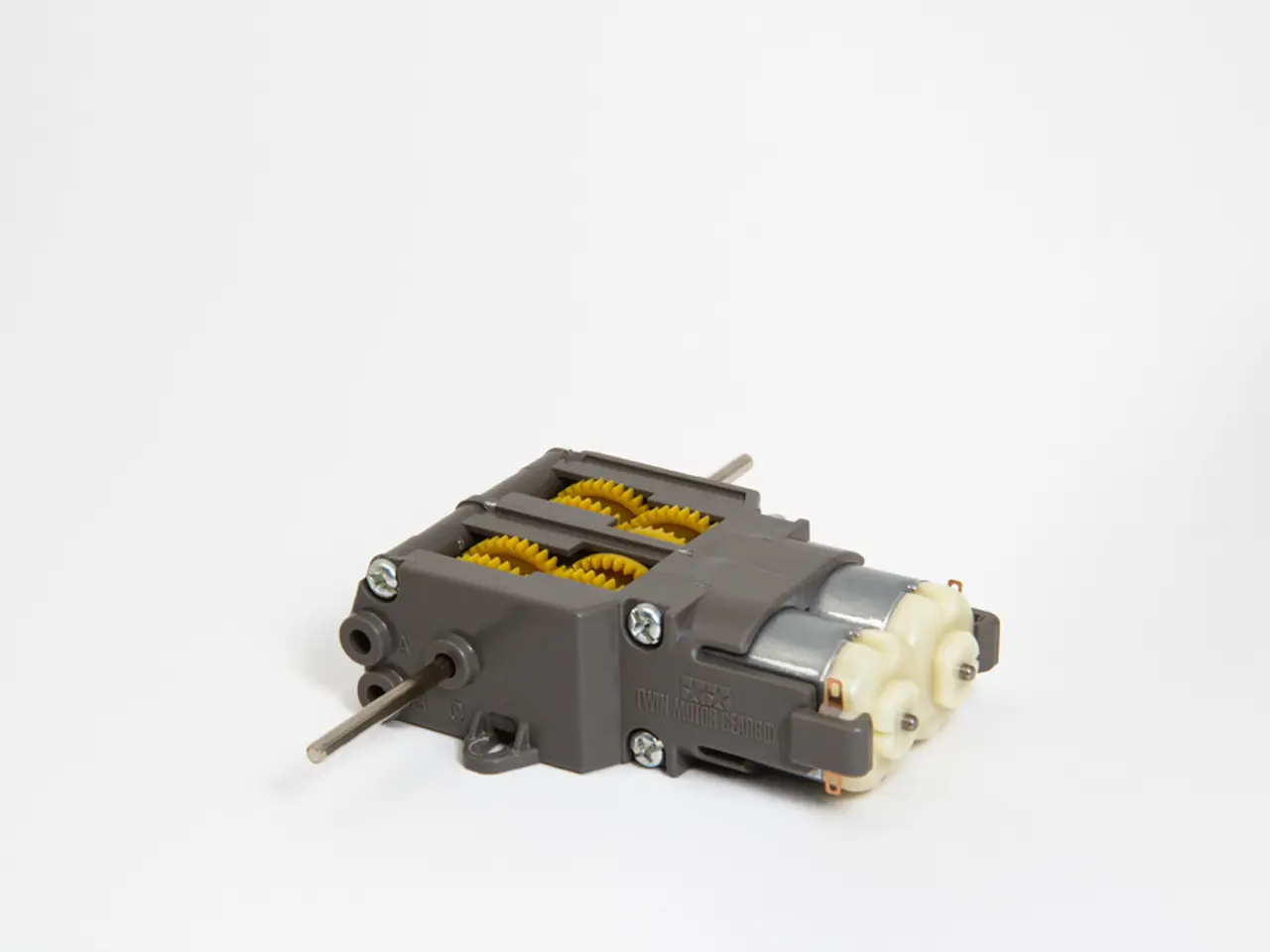Revolutionizing the manufacturing sector, AI-integrated Computer-Aided Design (CAD) tools and Printed Circuit Board (PCB) stators could potentially eliminate the need for winding lines, paving a new path forward.
In the electric motor industry, the game has changed with ECM's PrintStator platform. This innovative platform, powered by AI-driven software and machine learning algorithms, is transforming the way motor designs are created and produced.
The PrintStator platform offers a rapid design and simulation process, enabling sub-2-second simulations and complete electromagnetic motor models in moments. This is a significant improvement over traditional methods that can take weeks, allowing engineers to explore and validate new motor designs in near real-time[1].
Beyond design, the platform integrates CAD and CAM automation, generating CAD- and CAM-ready housing designs. This integration allows for a seamless transition from concept to machined parts within just a few hours[1].
One of the most groundbreaking features of the PrintStator platform is the use of PCB stators instead of conventional wound copper coils. PCB stators are flat, printed-circuit-board structures that eliminate the need for winding lines, coils, and specialized winding machinery. The stator files can be sent to any global PCB fabrication facility, offering significant global manufacturing flexibility[1].
This innovation also opens up opportunities for localized production, reshoring, or even on-site motor assembly. Companies can now perform these tasks in-house, breaking away from the traditional outsourcing model[1]. In fact, the PrintStator SaaS platform enables Motor OEM franchising for partners, giving them more control over their supply chains[1].
The platform's machine-learning algorithms continuously improve based on real-world performance data, making every prototype made with the PrintStator platform smarter for future projects[1]. The approach reduces lead times, mitigates tariff exposure, and is a step towards the future of motor design, which is moving towards custom, on-demand, and AI-powered solutions.
Moreover, ECM's PCB stator motors are engineered to minimise electromagnetic interference (EMI) and acoustic noise, resulting in quieter, cleaner signal environments critical for precision applications in robotics, aerospace, and other fields requiring minimal interference and high fidelity[2].
In summary, the PrintStator platform revolutionizes electric motor design and production by enabling ultrafast, AI-optimized motor modeling, eliminating traditional coil winding methods through PCB stators, and expanding manufacturing flexibility globally. This leads to faster innovation cycles, cost-effective scalable production, and motors with superior noise and EMI characteristics tailored precisely to application needs[1][2].
[1] ECM (2022). PrintStator Platform. [Online] Available at: https://www.ecm-motors.com/products/printstator [2] ECM (2022). PCB Stator Motors. [Online] Available at: https://www.ecm-motors.com/products/pcb-stator-motors
Technology in the realm of data-and-cloud computing plays a crucial role in the transformation championed by ECM's PrintStator platform. The platform's AI-driven software and machine learning algorithms leverage cloud resources to execute sub-2-second simulations and generate complete electromagnetic motor models almost instantly, significantly outpacing traditional methods.




